The Met in Children's Books: Adventure, Exploration, and Discovery
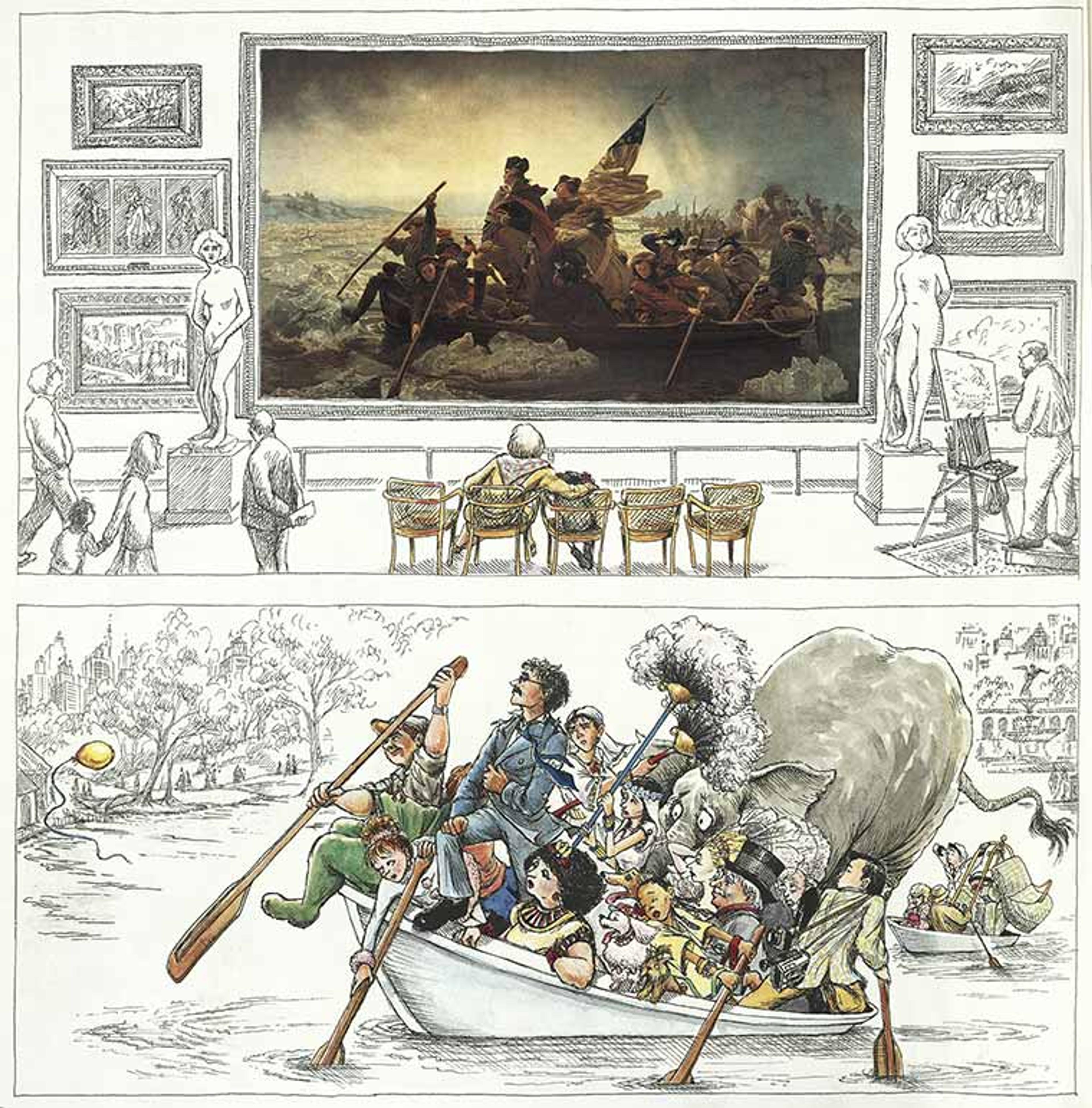
Jacqueline Preiss Weitzman and Robin Preiss Glasser, You Can't Take a Balloon into The Metropolitan Museum (New York: Dial Books for Young Readers, 1998)
As a librarian in Nolen Library, I see and meet many kids during their trips to The Met. A lot of them don't know what chiaroscuro is, or the difference between Ionic and Doric columns, but this never seems to lessen their excitement. It didn't lessen mine at that age either. As a child in Washington, DC, I grew up in and around some amazing museums and—forgive the sentimentality—but there was something magical about every visit. There are many wonderful books set in The Met, but children's books, with their focus on images and simple yet elegant writing, are well-equipped to capture the wondrous, fun, and powerful feelings museums can evoke.
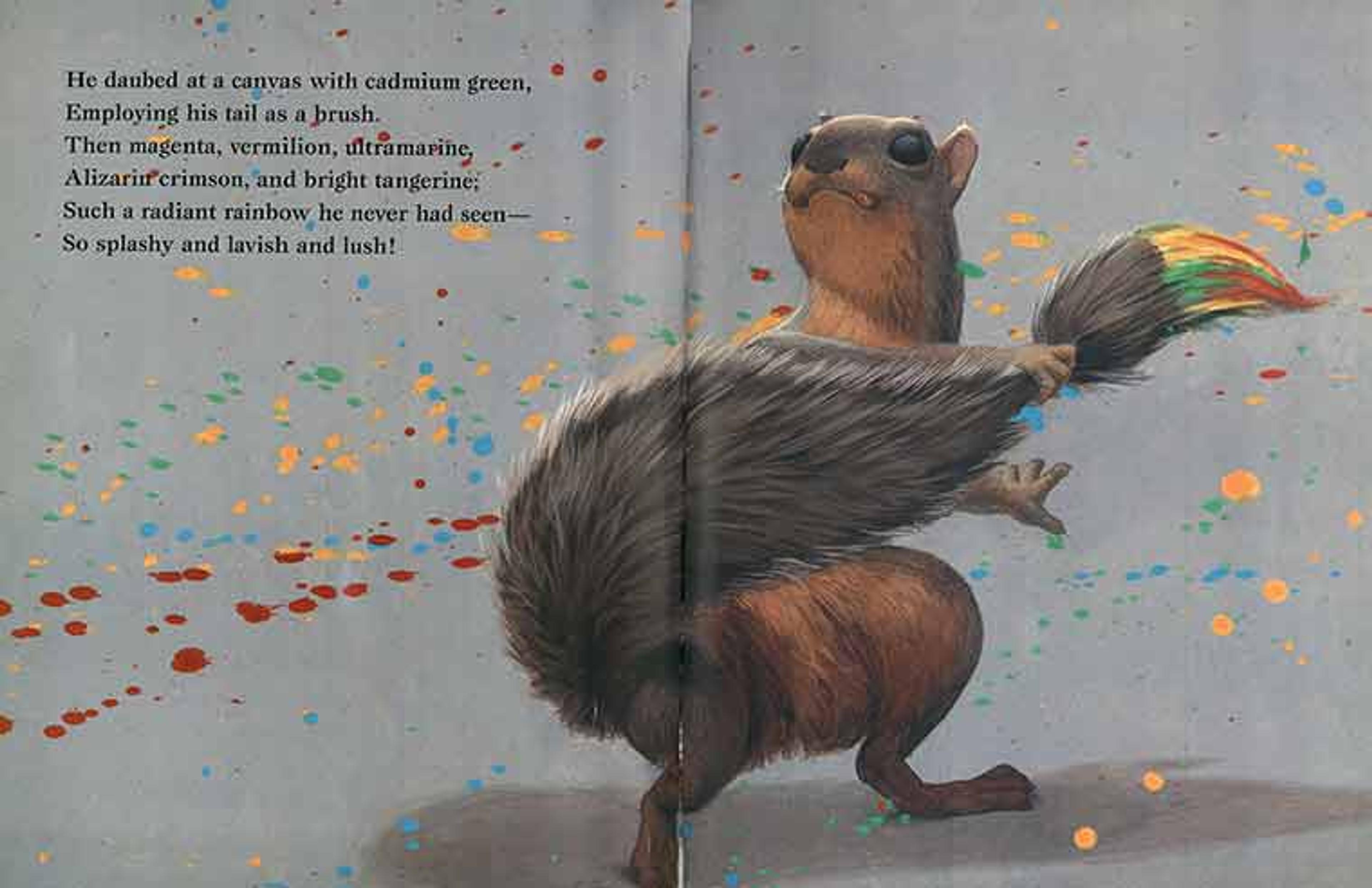
John Lithgow and C. F. Payne, Micawber (New York: Simon and Schuster Books for Young Readers, 2002)
Micawber, written by actor and New York native John Lithgow, recounts in rhyme the story of a New York City squirrel who frequents The Met, and his passion for fine art. During one of his visits, Micawber happens upon a copyist who leads him to discover his own creativity. This is a lovely book about how museums inspire the creative spirit, and it also gives a nice shout-out to the Copyist Program here at The Met.
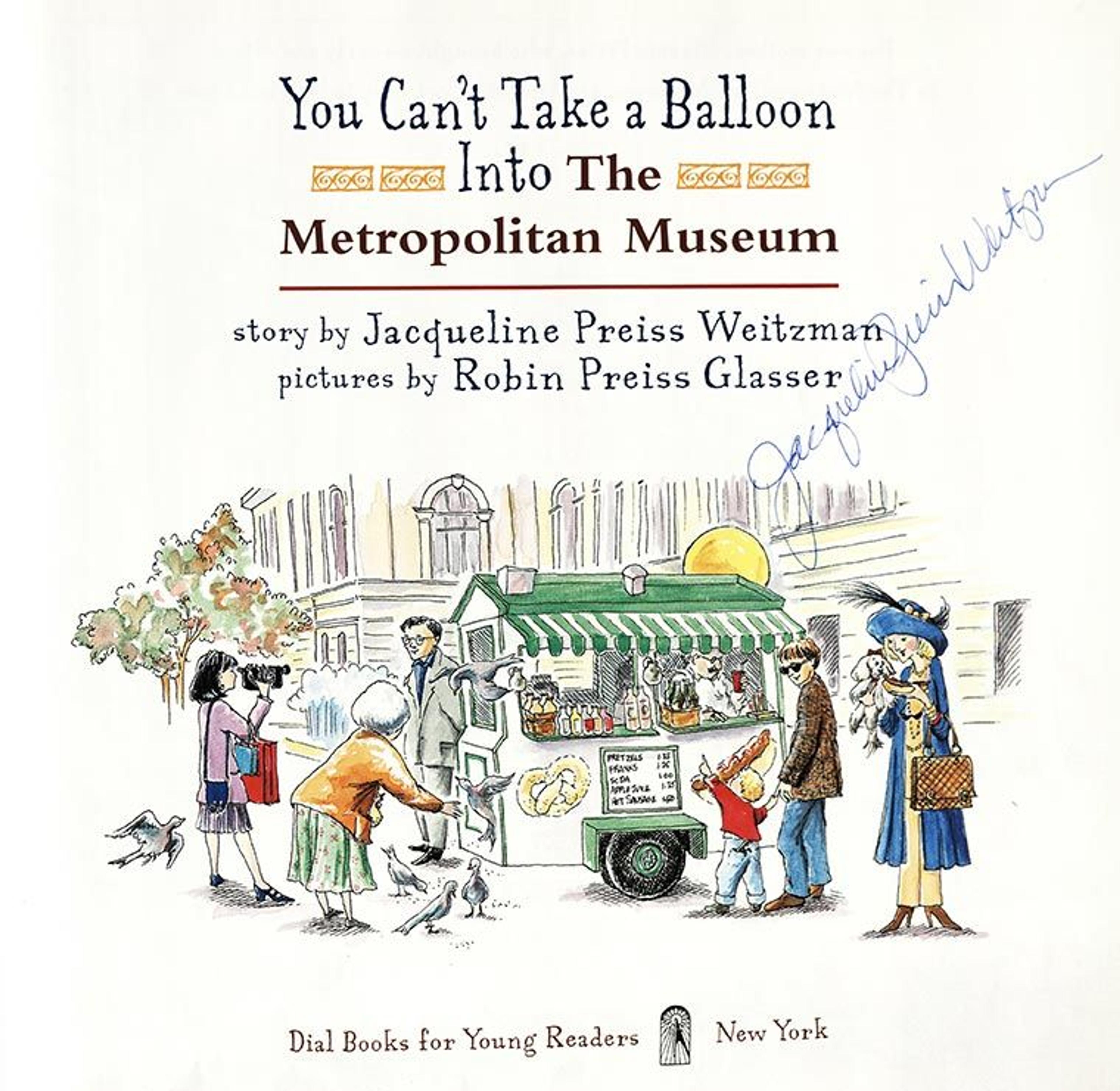
Jacqueline Preiss Weitzman and Robin Preiss Glasser, You Can't Take a Balloon into The Metropolitan Museum (New York: Dial Books for Young Readers, 1998)
One of the most beloved books about The Met (and my favorite on this list) is You Can't Take a Balloon into The Metropolitan Museum. A wordless picture book, it tells the story of a Museum guard who goes above and beyond to keep his promise to a little girl to save her balloon for her (as the title states, she cannot bring it in with her), and also follows the girl as she enjoys the collection.
The book is a delightful homage to both The Met and New York City. Both visitors and locals will recognize the common sights: mischievous pigeons, busking musicians, dog walkers, and bicycle messengers, as well as big draws like The Plaza Hotel, The Met Opera House, and Strawberry Fields. The book highlights some of The Met's most iconic works, (there's a list of the featured artworks at the end), but also its little details, like the ever-present row of art vendors outside.
Tying the two characters together is the fact that every work of art the little girl sees is mirrored by the guard's adventure to recapture her balloon. With every page, the chase gets more elaborate, and my favorite part is the elephant from a production of Aida joining the chase. (I had to know if there were actually live elephants used in Aida—there have been, but not in The Met Opera.)

Jessie Hartland, How the Sphinx Got to the Museum (Maplewood, NJ : Blue Apple Books, 2010)
Curiosity is also integral to the experience of children in museums. How the Sphinx Got to the Museum is a semi-fictional story about the Sphinx of Hatshepsut. It highlights an important historical figure, Hatshepsut, the second female pharaoh, who may not be as well-known at King Tut or Ramesses II. The use of present tense makes the book feel alive, echoing the feeling of being transported in the galleries, surrounded by artifacts from a past civilization. Additional facts are in the back of the book, including how the sphinx was discovered by Egyptologist, Met curator, and eventual Director, Herbert E. Winlock.
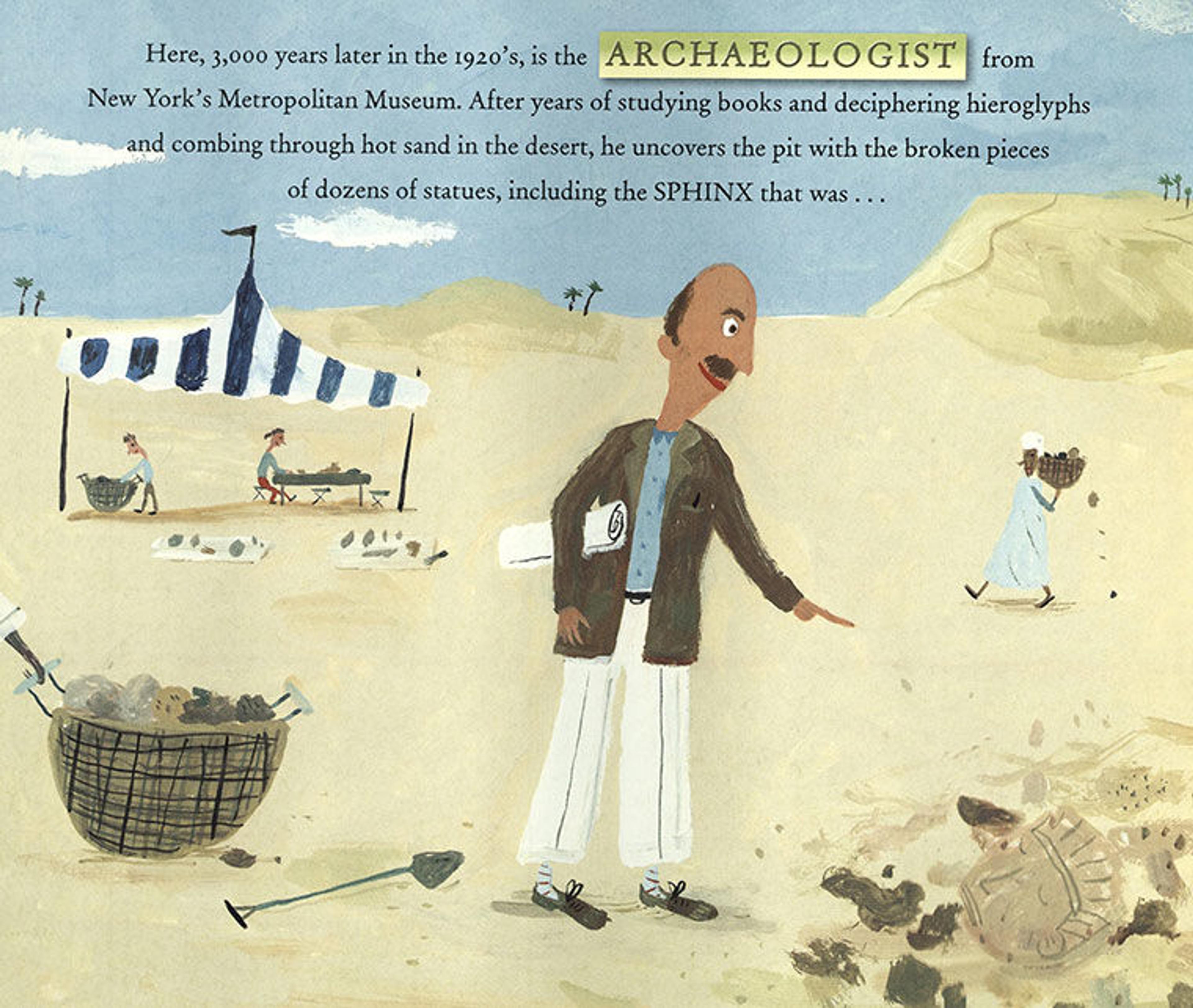
An illustrated depiction of former Met Director, Herbert E. Winlock, from How the Sphinx Got to the Museum (see his real photo at: "The Met Around the World")
How the Sphinx Got to the Museum also serves as a history lesson on ancient Egyptian government and gives unexpectedly thorough descriptions of Museum operations for its intended audience, covering the basic duties of curators, art handlers, conservators, registrars, and docents.
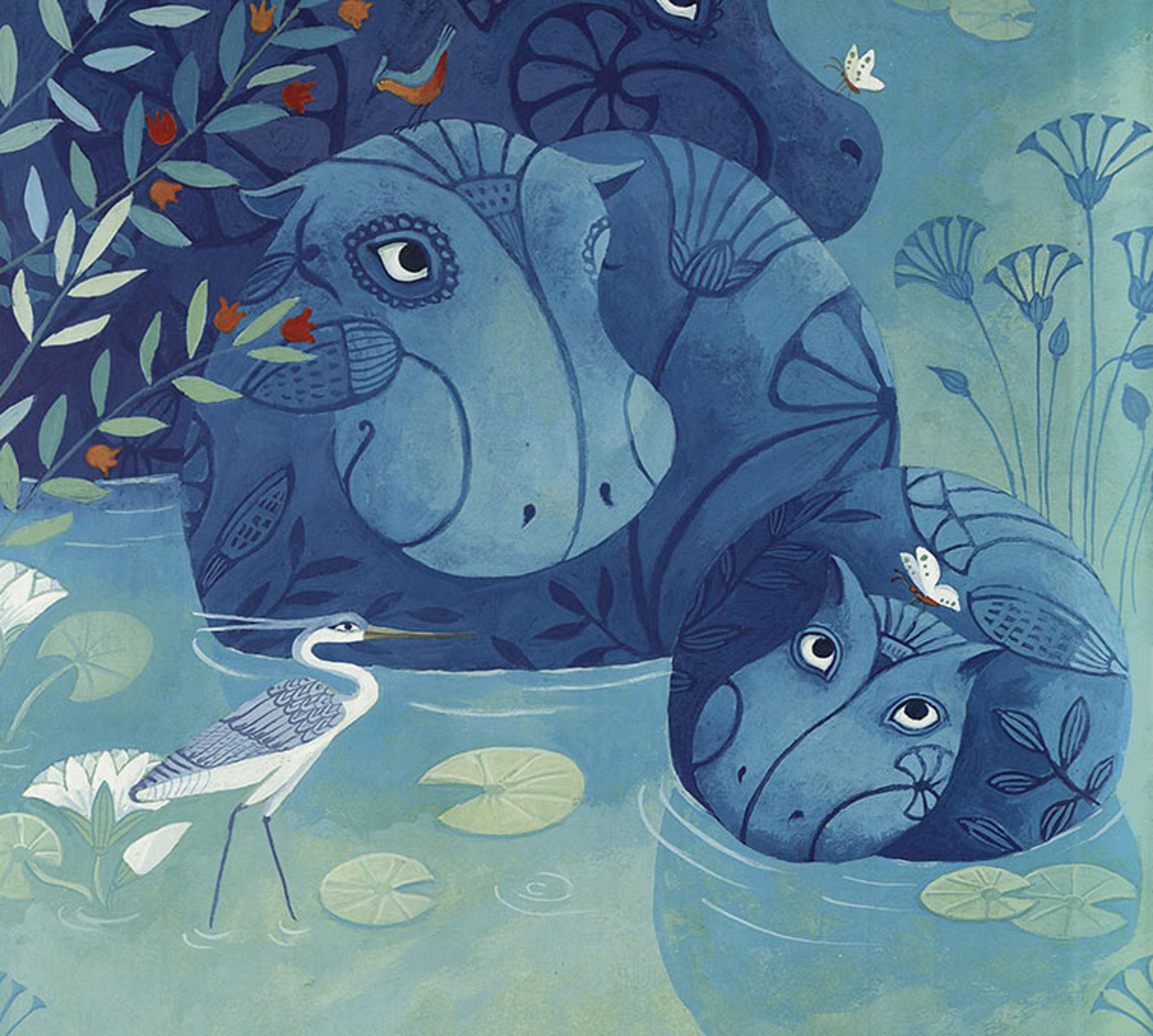
Géraldine Elschner and Anja Klauss, The Little Hippo: A Children's Book Inspired by Egyptian Art (Munich: Prestel Verlag, 2014)
What ties these books together is the awareness that museums are about discovery just as much as appreciation. There are animals involved surprisingly often in these and other children's stories featuring The Met: a beetle in Masterpiece, by Elise Broach, and a mouse in Christopher Mouse: Tale of a Small Traveler, by William Wise. The Little Hippo, by Géraldine Elschner, is a beautiful little fairy tale about how a little blue hippo (not William, but definitely a "relative") goes from guardian of the Nile to a snug Museum shelf. And for the decorative arts-loving child (surely one must exist), there's The Chippendale Dam, recently featured on the Watson Library Instagram, about Widow Welch, her pet beavers, and some very expensive furniture.
I'm fairly certain that I'm not allowed to end this without mentioning the most famous children's book set in The Met, The Mixed-Up Files of Mrs. Basil E. Frankweiler by E. L. Konigsburg. One of the top-ten best books for children according to School Library Journal, this book needs no introduction, but we'll give it one anyway.
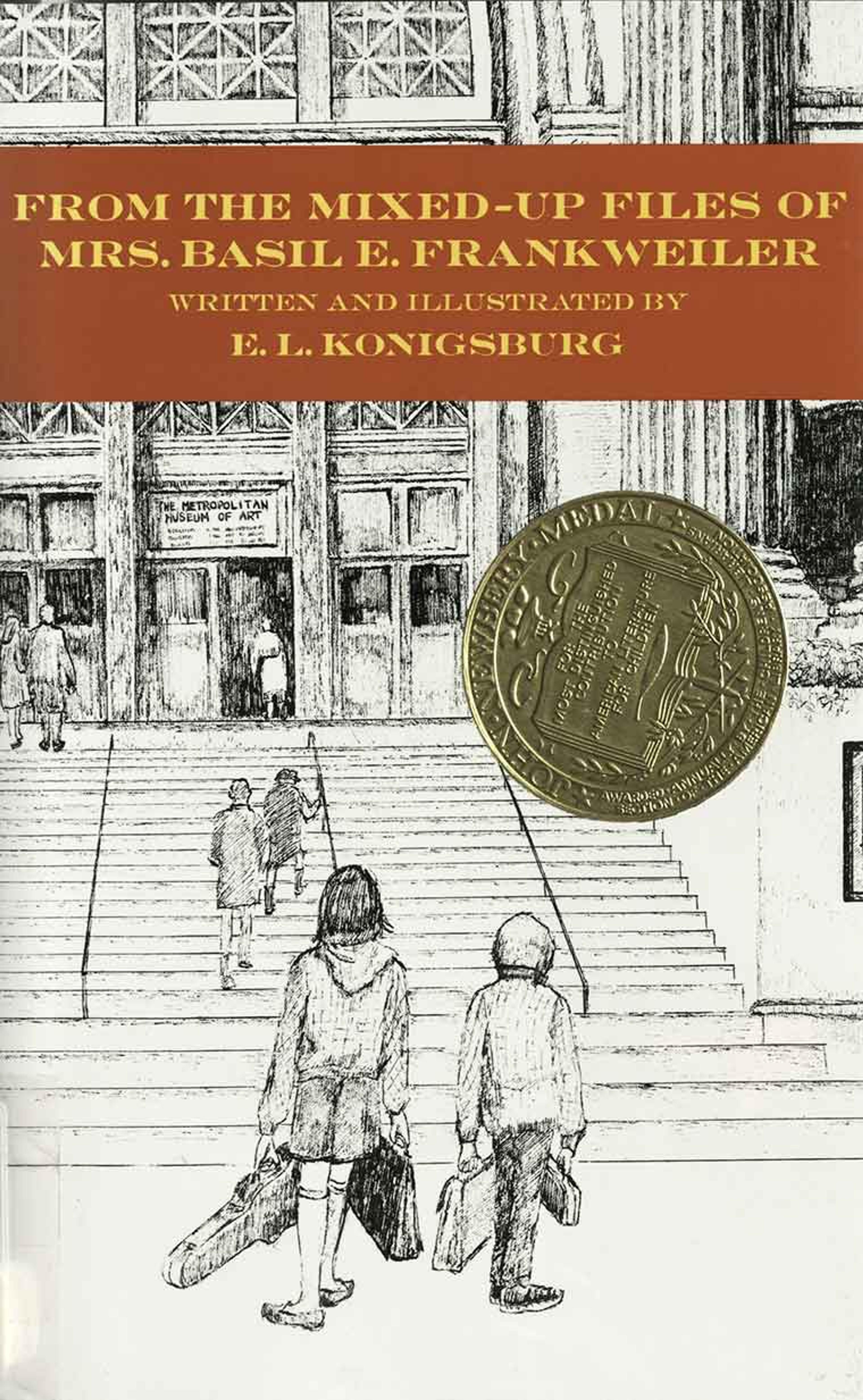
E. L. Konigsburg, From the Mixed-Up Files of Mrs. Basil E. Frankweiler (New York: Atheneum, 1967)
The story is about two kids from Connecticut who run away from home. Claudia, the mastermind of the operation, has a plan that instead of the uncomfortable life of an itinerant, she and her brother Jamie will run away to "a large place, a comfortable place, an indoor place, and preferably a beautiful place. And that's why she decided upon the Metropolitan Museum of Art in New York City." While there, the two of them also run straight into an intriguing art mystery: a sculpture believed to be by Michelangelo but that no one can confirm is really his.
Similar to Micawber, Claudia's experience with the Museum is one of self-discovery and transformation. Although I was never as motivated as Claudia to overnight in the National Gallery of Art, the time I spent there as a kid still went a long way to shaping my identity, and if the popular "museum sleepover" programs are any indication, this desire still exists: to live out the fantasy of a private communion with the unique, meaningful spaces and collections of museums like The Met.
Kamaria Hatcher
Kamaria Hatcher is the assistant museum librarian for reader services in Thomas J. Watson Library.